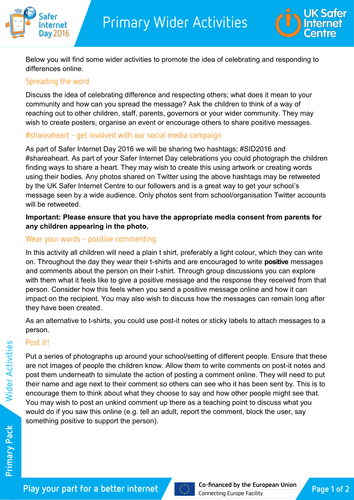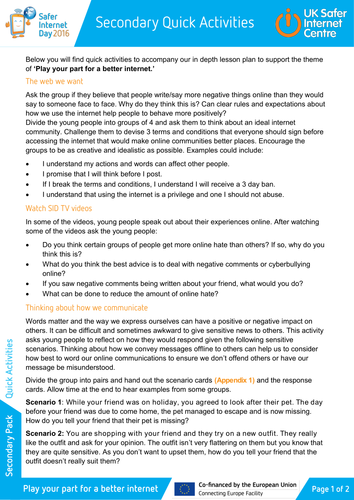Childnet - making the internet a great and safe place
We are an online safety charity and it is our mission to make the internet a great and safe place for all children and young people. We create free resources to be used with 3-18 year olds tackling online issues.










